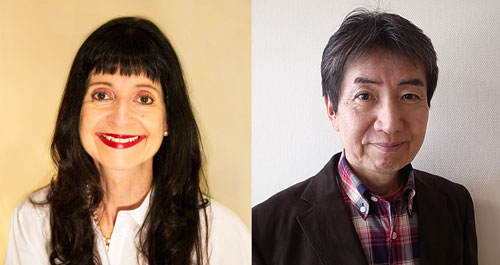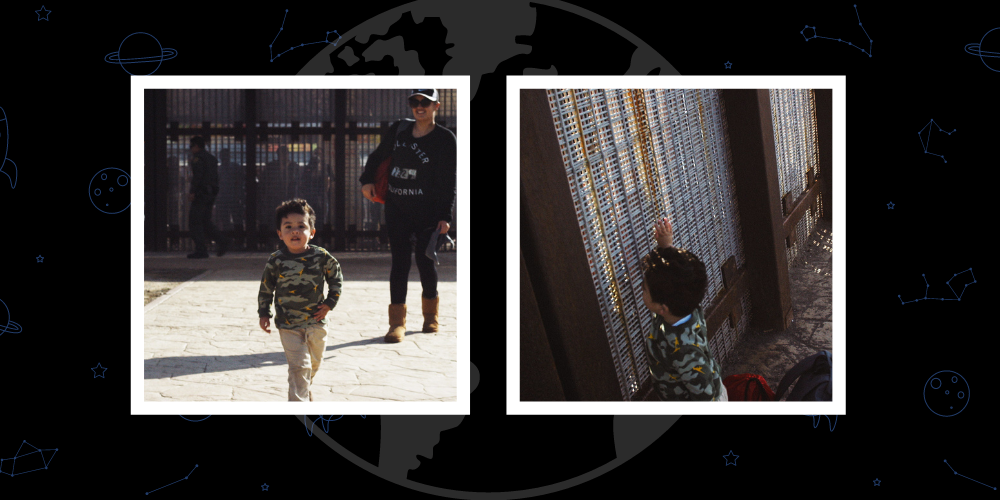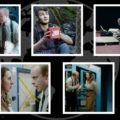This month, audiences can screen My Theatre on the Planet Classroom Network. This film is curated for the Planet Classroom Network by Planet Classroom.
In My Theatre, directed by Kazuya Ashizawa, retired Shuji Tamura reopens his abandoned theatre after 55 years. Success blooms, but doubts linger. This emotionally rich journey explores passion, setbacks, and resilience in the cinema business.
The Global Search for Education is pleased to welcome Kazuya Ashizawa.
Kazuya, how did you come across Shuji Tamura, and what inspired you to tell this special story?
Now that I think about it, my encounter with him was truly fateful, and he was a great mentor for me who was just starting out as a self-taught filmmaker at the time. This movie theater where the movie was filmed is located in a rural town about 40 minutes away by car from my home, but I had no idea of its existence until now. One day, I read an information magazine at a bookstore that connected me to him. The magazine said that a movie theater that was supposed to have closed over 50 years ago was not only still there, but that for some reason, people were still visiting it every day. It’s unbelievable that people still come here even though it closed a long time ago. My curiosity reached its peak. So I called the contact number listed in the article. He answered the phone and suddenly started telling me how wonderful his movie theater was. I was simply blown away by this passionate old man. The next day I was standing in front of his movie theater. This old movie theater was built 104 years ago, and its exterior walls were painted pink, giving off a strong aura. An old man in his eighties with boyish eyes invited me inside and showed me around. The projector, the audience seats, the screen…all of them were certainly more than 50 years old. Moreover, it is surprising to hear that they are still active. I couldn’t control my desire to film this person, so I straight up asked him, “I’m a budding film director. Please let me film you!” He was laughing and said, “Okay, give it a try, but you can only come here and shoot five times.” That’s how the new documentary film director began filming.
Can you describe any challenges you faced during the filming process, especially capturing the emotional depth of the narrative?
I never asked him to act. I just stayed by his side and continued filming. I have a habit of thinking about things on a daily basis, so there were many times when a great scene would fly by in front of me in the blink of an eye. At this point, I realized how difficult it is to shoot documentary films. Through this work, I wanted to express the “loneliness, regret, and love for movies” that he felt in his heart. However, he was reluctant to express these feelings. I think his heart is always tense because his wife passed away several decades ago and he has been doing everything by himself. However, I was able to capture a brief glimpse of him crying and looking sad. You can find these scenes at the end of the piece. This is the part where he stares at the high school students happily going home, and then ends up cleaning up the mess by himself, looking lonely. When I watched this scene again, I realized how wonderful documentary films are.
Can you discuss your creative process in documenting Tamura’s life and business? What did you learn about movie projection and theatres along the way?
As I mentioned, I didn’t ask him to act, I just stayed by his side and continued filming. It took a lot of patience. The cinema camera and cinema zoom lens were very heavy, and my shoulders were in a lot of pain. For about 30 years after the movie theater closed, he kept waiting and dreaming of reopening it someday. There was no way he could destroy this movie theater, which was loved by his father who passed away suddenly. He took a job in car sales to help pay for his living expenses, and in his spare time continued to clean the hall and maintain the movie projector for decades. Eventually, he decided that it was no longer possible to operate it as a movie theater as before. Society no longer needed movie theaters. So he decided to open up the movie theater to local residents and let them tour freely for free. And only when he was in a good mood, the residents had the chance to have nostalgic domestic and foreign films screened. Word spread, and soon people started coming from far away. This work depicts how he entertains various people who come to see the movie theater. Old people are moved when they remember the movie theaters they went to when they were young. The high school students were excited to see the projector and the inside of the building, which they had never seen before…He always seemed very happy to be in their circle. I once said to him: “I think it would be difficult for you to maintain this movie theater by yourself. How about receiving assistance from the government or soliciting donations?” Then he answered: “This is my castle. I won’t let anyone touch it!” I learned a lot from him during the filming. As a movie theater owner, he seems to have experienced firsthand what kind of movies are popular with the public. During a break in filming, he told me this. I will never forget these words: In the old days, popular theater performances were performed on the stage below the screen, and then the movie was shown. Movies are popular culture. A movie has value only if it is supported by the masses – the music determines whether a movie is good or not. The weight of music is 80%. The remaining 20% is the scenario, editing, and filming techniques. Documentary movies are boring. Think carefully about how you can impress the public with your work.
And my final question – what do you hope audiences will take away from your film, especially regarding the importance of cinema?
I believe that movies reached their peak of popularity in Japan over 50 years ago. Eventually, TV became popular, but even that seems to have passed its peak of popularity. Now is the age of the Internet. In such a situation, I would like everyone who watches My Theatre to take away the following two points. Among images, movies are images that are produced with a certain intention and sincerity, even if the medium for playing them changes from “cinema theaters” to “TVs” to “smartphones, tablets, and PCs.” The contents themselves will never fade. I would be happy if you could watch My Theatre on your smartphone or tablet and imagine how it would look on the big screen in a movie theater. When you look at the old man in My Theatre, you realize how wonderful it is to stick to one belief for decades. At 85 years old, he still stays inside the movie theater, entertaining visitors and screening great movies whenever he feels like it. He is always thinking about movies and his eyes sparkle. It’s like he’s a boy. I want young people to find what they love and what they really want to do. And I want you to continue doing that. Shuji Tamura, now 85 years old, is still going strong. He is still in that movie theater today.
Thank you Kazuya!
C. M. Rubin and Kazuya Ashizawa
Don’t Miss My Theatre, now streaming on the Planet Classroom Network. This film is curated by Planet Classroom.







Recent Comments